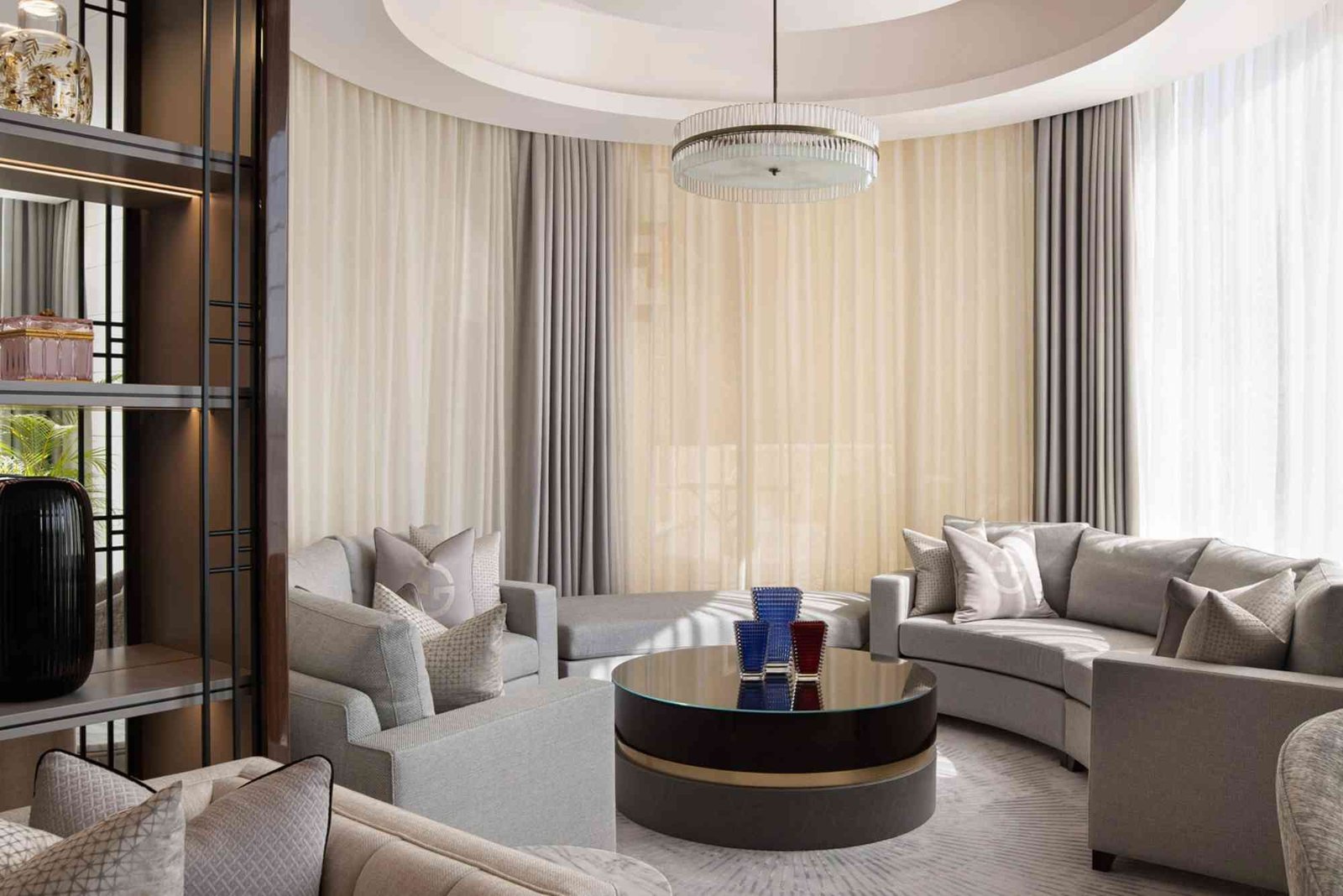The appearance of facial skin plays a significant role in personal aesthetics. Whether someone seeks a flush of color or prefers a paler tone, skin color changes can be achieved with various methods. This article provides a detailed guide on how to make your face redder and paler, focusing on skincare, nutrition, and external influences that impact your complexion.
Why People Want to Alter Their Complexion
Individuals might want to enhance the redness of their face for a youthful, vibrant look, as rosy skin often gives the impression of health and energy. Conversely, others may aim for a paler complexion to achieve an elegant, porcelain-like appearance. Trends, personal preferences, or social norms may also influence these desires.
Understanding how environmental factors, lifestyle choices, and skincare affect the skin is essential when aiming for these changes. Below are effective ways to make your face either redder or paler, depending on your goals.
How to Make Your Face Redder: Skincare and Natural Methods
Boosting Blood Circulation
A healthy blood flow brings more oxygen to the skin, creating a natural flush. Engage in light exercises such as jogging, walking, or yoga to increase circulation. Facial massages using gentle pressure also improve blood flow, enhancing the natural redness of the skin.
Hydration for a Natural Glow
Dehydrated skin often looks dull. Drinking enough water and using hydrating moisturizers can restore skin vitality. Apply products containing hyaluronic acid, which locks in moisture and promotes a plump, flushed appearance.
Exfoliation to Stimulate Skin Tone
Regular exfoliation removes dead cells, encouraging fresh and healthy skin. Use gentle scrubs or chemical exfoliants like glycolic acid once or twice a week to reveal newer layers of skin, contributing to a rosy complexion. Avoid over-exfoliating, which can irritate the skin.
Using Natural Ingredients for a Redder Look
Some natural remedies can enhance redness temporarily. For instance, applying beetroot or tomato juice to your cheeks can provide an instant blush effect. Products with ingredients like cinnamon or niacin (vitamin B3) also stimulate blood flow, resulting in a redder complexion.
The Role of Temperature Changes
Sudden shifts in temperature can cause capillaries to expand, temporarily reddening the face. Splashing cold water on the skin followed by warm water can achieve this effect. However, prolonged exposure to extreme temperatures should be avoided to prevent long-term damage.
How to Make Your Face Paler Safe and Practical Tips

Sun Protection for a Pale Complexion
Exposure to the sun darkens the skin through melanin production. To maintain a paler face, use broad-spectrum sunscreen with at least SPF 30. Wearing wide-brimmed hats or staying in the shade also reduces sun exposure, preserving the lightness of your skin.
Brightening Skincare Products
Products containing brightening ingredients such as vitamin C, kojic acid, or licorice extract help in reducing pigmentation and evening out the skin tone. Use them consistently over several weeks to achieve gradual but noticeable results.
Hydroquinone and Retinoids for Skin Lightening
For individuals looking for stronger lightening effects, hydroquinone and retinoids can be effective. These products should be used under the supervision of a dermatologist to avoid side effects and ensure safe application.
Dietary Choices for a Paler Appearance
Eating foods rich in antioxidants, such as fruits and vegetables, protects the skin from oxidative damage that can darken the complexion. Reducing caffeine and alcohol intake helps maintain hydration, giving the skin a healthier and potentially lighter appearance.
Facial Masks for Skin Lightening
Home remedies like yogurt and turmeric masks can provide a temporary lightening effect. Yogurt contains lactic acid, which gently exfoliates and brightens the skin, while turmeric has anti-inflammatory properties that can reduce redness and pigmentation.
The Balance Between Redder and Paler Skin
Switching between redder and paler skin requires careful monitoring of skincare routines. While it is possible to achieve both appearances through different methods, finding a balance ensures skin health is maintained. Frequent or extreme changes can lead to irritation, dryness, or even long-term skin issues. Therefore, it’s essential to use products suitable for your skin type and to consult with a dermatologist if necessary.
Factors That Influence Complexion
Genetics and Skin Type
Your natural skin tone is largely determined by genetics. Some individuals have skin that easily flushes due to sensitive capillaries, while others may have skin that remains pale without much effort.
Environmental Conditions
Climate and air quality affect how your skin looks. People living in colder regions might experience naturally redder skin due to the cold’s impact on blood vessels. In contrast, those in sunny areas may need to work harder to maintain a paler complexion.
Hormonal Changes
Hormonal fluctuations, such as those during pregnancy or puberty, can impact skin tone. In some cases, individuals may notice their skin becoming more flushed or pale without any external changes.
Sleep and Stress Levels
A lack of sleep can make the skin appear dull and pale, while stress can lead to redness and breakouts. Prioritizing mental and physical health ensures your skin remains balanced, no matter your complexion goals.
Making your face redder or paler involves a combination of skincare, lifestyle adjustments, and external treatments. A redder complexion can be achieved by increasing circulation and hydration, while a paler look requires sun protection, brightening products, and dietary adjustments. Both outcomes require consistency and care to maintain healthy skin.









